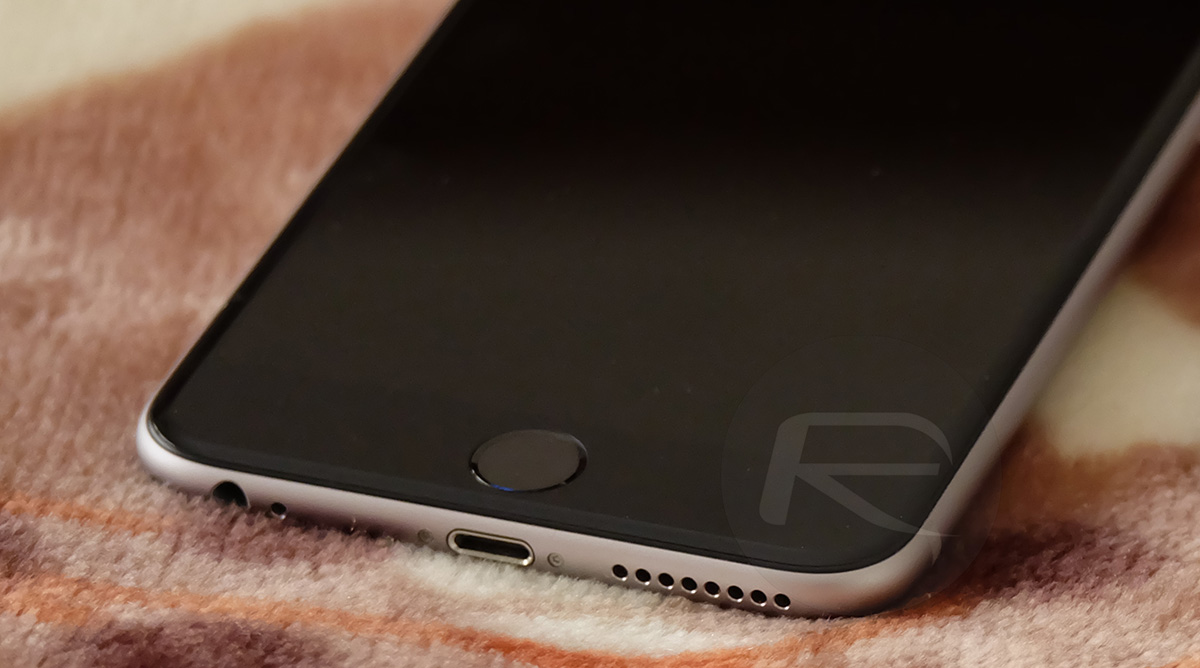With both Face ID and Touch ID, we are often of the belief that our smartphones are secure, meaning anyone wanting to gain access to them without our approval is out of luck.
Questions surrounding the use of a deceased person’s finger to unlock a smartphone have been asked a lot of late, and now, Forbes has taken a more in-depth look at just what goes on when someone wants to get into a device while its owner is no longer in a position to argue.

According to the report, during which Forbes spoke with FBI forensics specialist Bob Moledo, the problem of needing to gain access to a phone before it required the use of a passcode is a common one for law enforcement. In fact, this was the same problem authorities faced when they famously needed access to Abdul Razak Ali Artan’s iPhone in 2016.
Unfortunately for the FBI, Artan’s lifeless fingerprint didn’t unlock the device (an iPhone 5 model, though Moledor couldn’t recall which. Touch ID was introduced in the iPhone 5S).
In the hours between his death and the attempt to unlock, when the feds had to go through legal processes regarding access to the smartphone, the iPhone had gone to sleep and when reopened required a passcode, Moledor said.
While that case was obviously high-profile, it may be a surprise to many that Modedor says the process of gaining access to a dead person’s phone via fingerprint sensor access is not uncommon. In fact, he says that it is “relatively common for fingerprints of the deceased to be depressed on the scanner of Apple iPhones.”
Importantly, law enforcement officers do not need a search warrant to access a victim’s phone, although the legality of how it is accessed is somewhat murky at present.
And it’s entirely legal for police to use the technique, even if there might be some ethical quandaries to consider. Marina Medvin, owner of Medvin Law, said that once a person is deceased, they no longer have a privacy interest in their dead body.
“We do not need a search warrant to get into a victim’s phone, unless it’s shared owned,” said Ohio police homicide detective Robert Cutshall, who worked on the Artan case.
As for Face ID, Marc Rogers, a Cloudfare security researcher says that it can be used to open a phone just by “simply using photos of open eyes.” Apple claims this is not the case, however, Rogers even goes so far as to say that one eye will do.
Secondly, Rogers discovered this was possible from many angles and the phone only seemed to need to see one open eye to unlock. “In that sense it’s easier to unlock than Touch ID – all you need to do is show your target his or her phone and the moment they glance it unlocks,” he added.
That being said, Rogers does also say that there have not yet been any cases of law enforcement using Face ID to unlock an iPhone X.
(Source: Forbes)
You may also like to check out:
- PUBG Mobile Tips And Tricks For Android And iOS [Guide]
- PUBG Mobile Mic Not Working Problem: Here’s What You Need To Know
- Fortnite Mobile APK For Android Update: What’s The Latest On The Release?
- PUBG Mobile Internet Error Fix For iOS, Android Now Available
- PUBG Mobile Mod APK Download For Android Now Available, Here’s What You Need To Know
- Download iOS 11.2.6 IPSW Links And OTA With Fix For Messages Crashing Bug
- Jailbreak iOS 11.2.6 / 11.2.5 / 11.2.2 On iPhone And iPad [Status Update]
- Jailbreak iOS 11 / 11.1.2 On iPhone X, 8, 7, iPad Using Electra Or LiberiOS [Updated]
You can follow us on Twitter, add us to your circle on Google+ or like our Facebook page to keep yourself updated on all the latest from Microsoft, Google, Apple and the Web.

